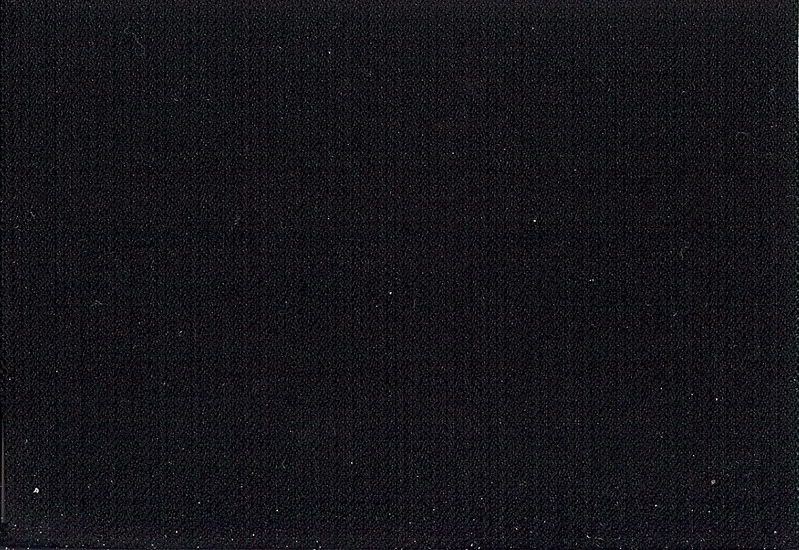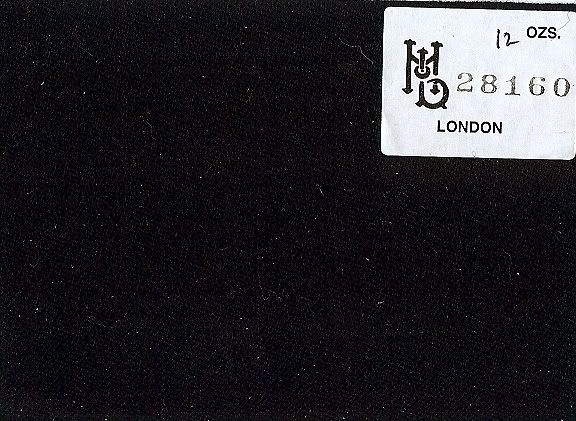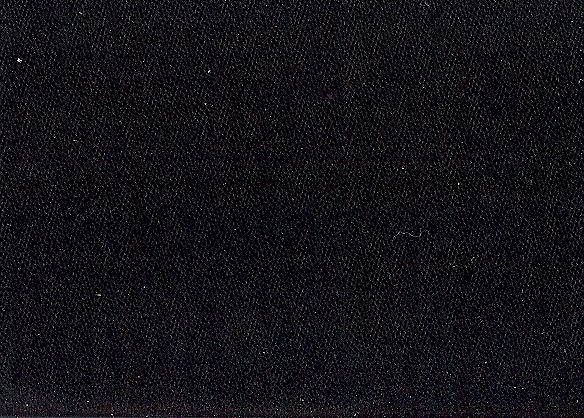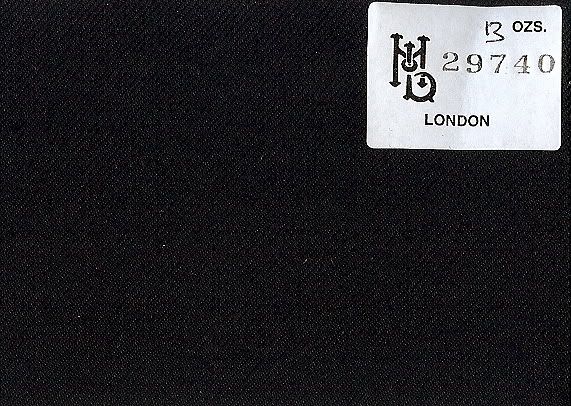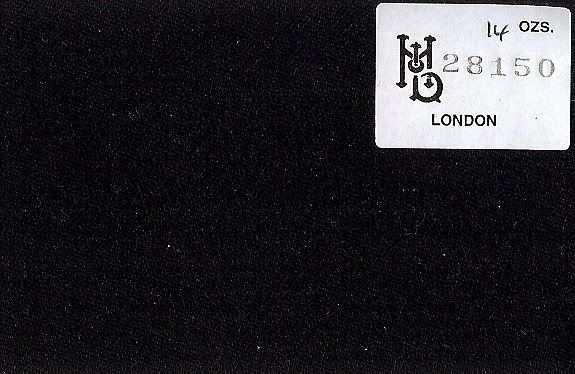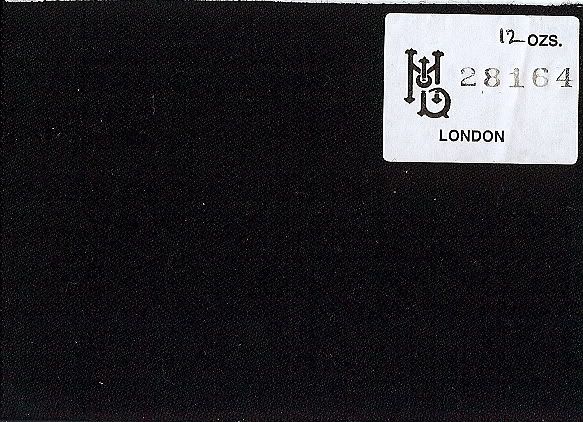I find that tailor rarely need to have all that information from old tailoring manuals to tell them how to do their job. And they certainly won't have the time to read any of it. A pattern and a fashion plate showing enough stylistic detail is usually all they need.jruley wrote:Other good sources for turn-of-the-century frock coat patterns include "The Art of the Tailor" by Robert Doyle, available from Sartorial Press Publications; and "The Blue Book of Men's Tailoring -- Grand Edition of Supreme System for Producing Men's Garments" by Frederick Croonborg, available in reprint from R L Shep Publications.
That separately cut lapel Sator mentioned is there to help produce a "round chested" effect which was considered fashionable in the mid- 19th century. A clever tailor may cut the facing so the seam appears only on the body, not the lapel. Or the lapel seam may be replaced by a pair of darts on the button line.
I can't speak for European coats, but the most common mid-19th century lining in American frocks is alpaca. Don't know if it's still available today.
As for the separately cut lapel, I have never really found a good historical source thoroughly justifying this construction. Have you read anything conclusive? The round chested look (with a really narrow waist) was fashionable earlier to mid century - the chest often had padding added to it. My waistcoats with a separately cut lapel certainly don't have any more of a round chest than those with a whole cut lapel. My finest Edwardian frock with the nicest lapel roll has a whole cut lapel. I have a couple of coats with separately cut lapels which look a bit flat and lack an elegant roll. Perhaps the separately cut lapel helps the lapel roll when it is otherwise well made, but that is about all. I tend to suspect it is more a matter of showing off the fine detail.
All of my European frock coats (mostly Edwardian) have a grosgrain lining. Grosgrain wasn't around mid century either.

